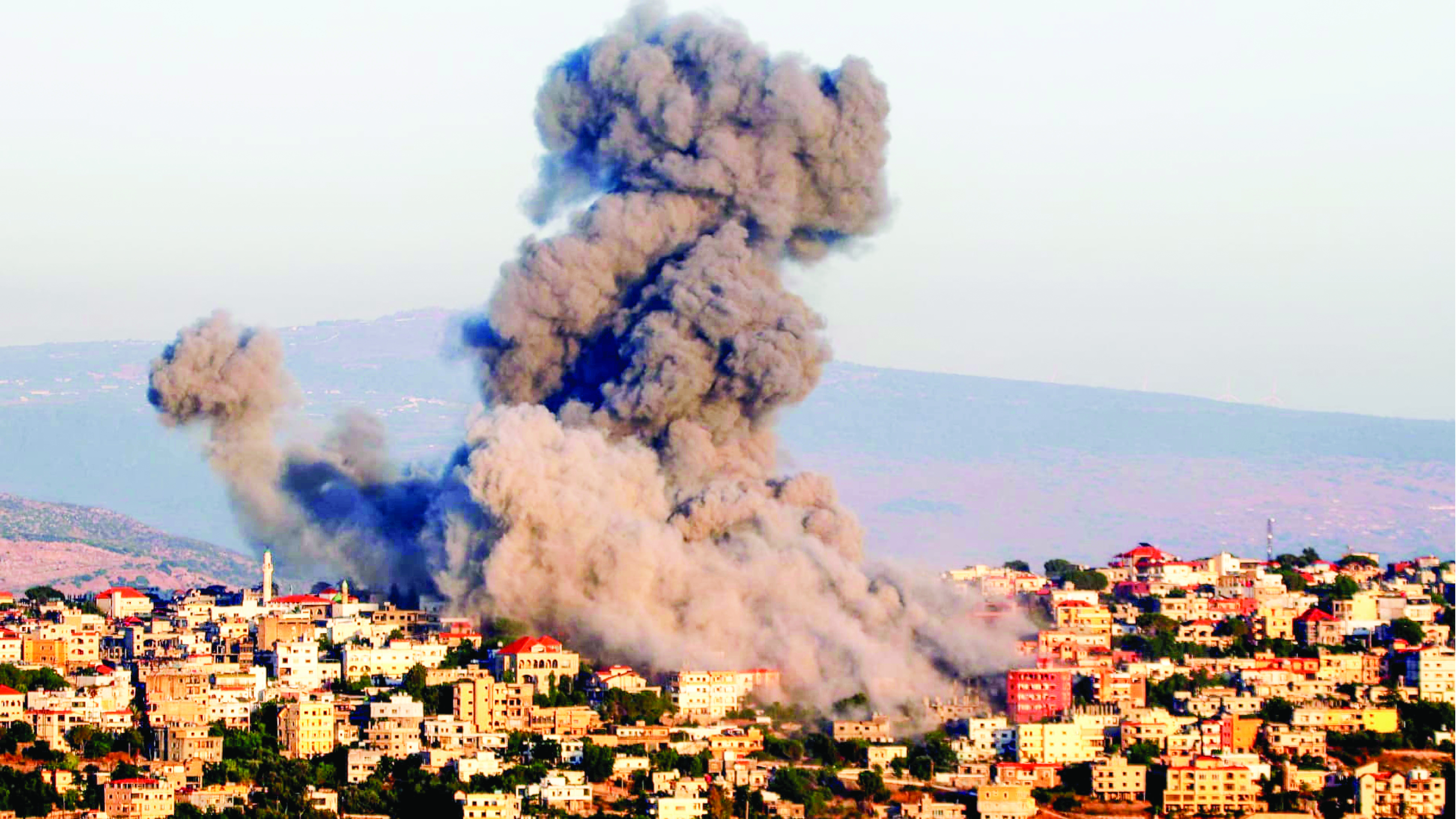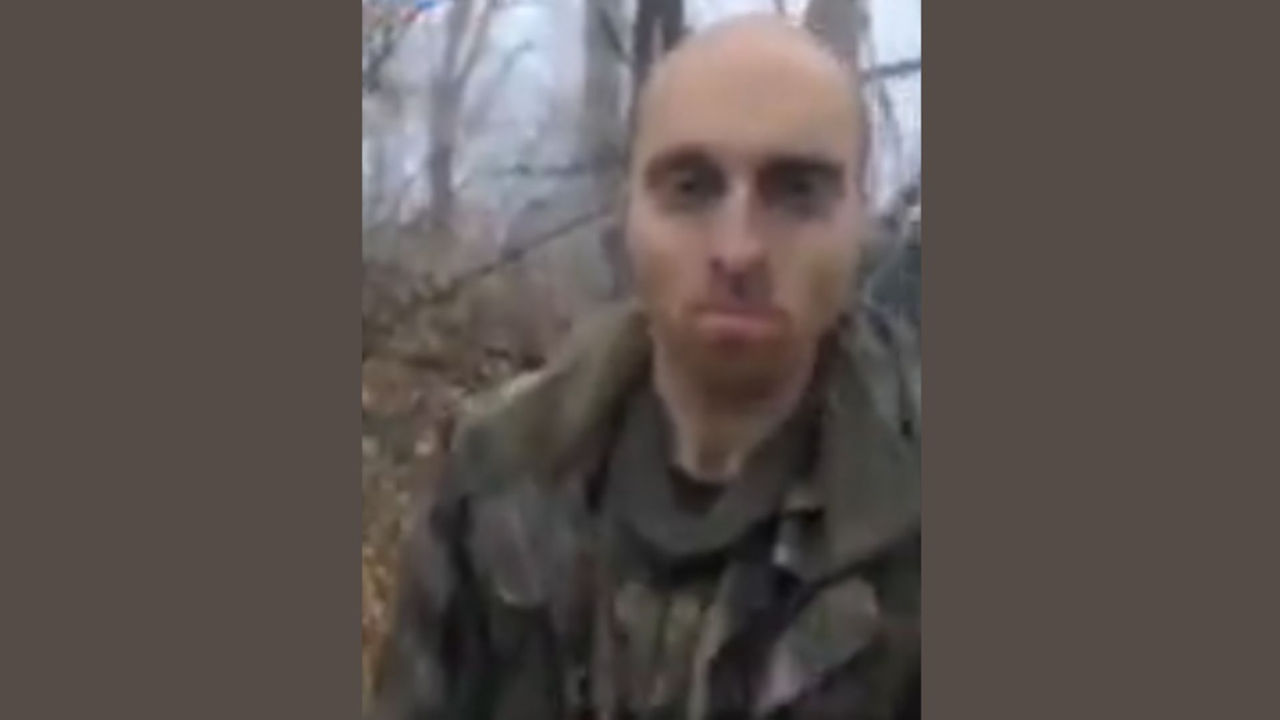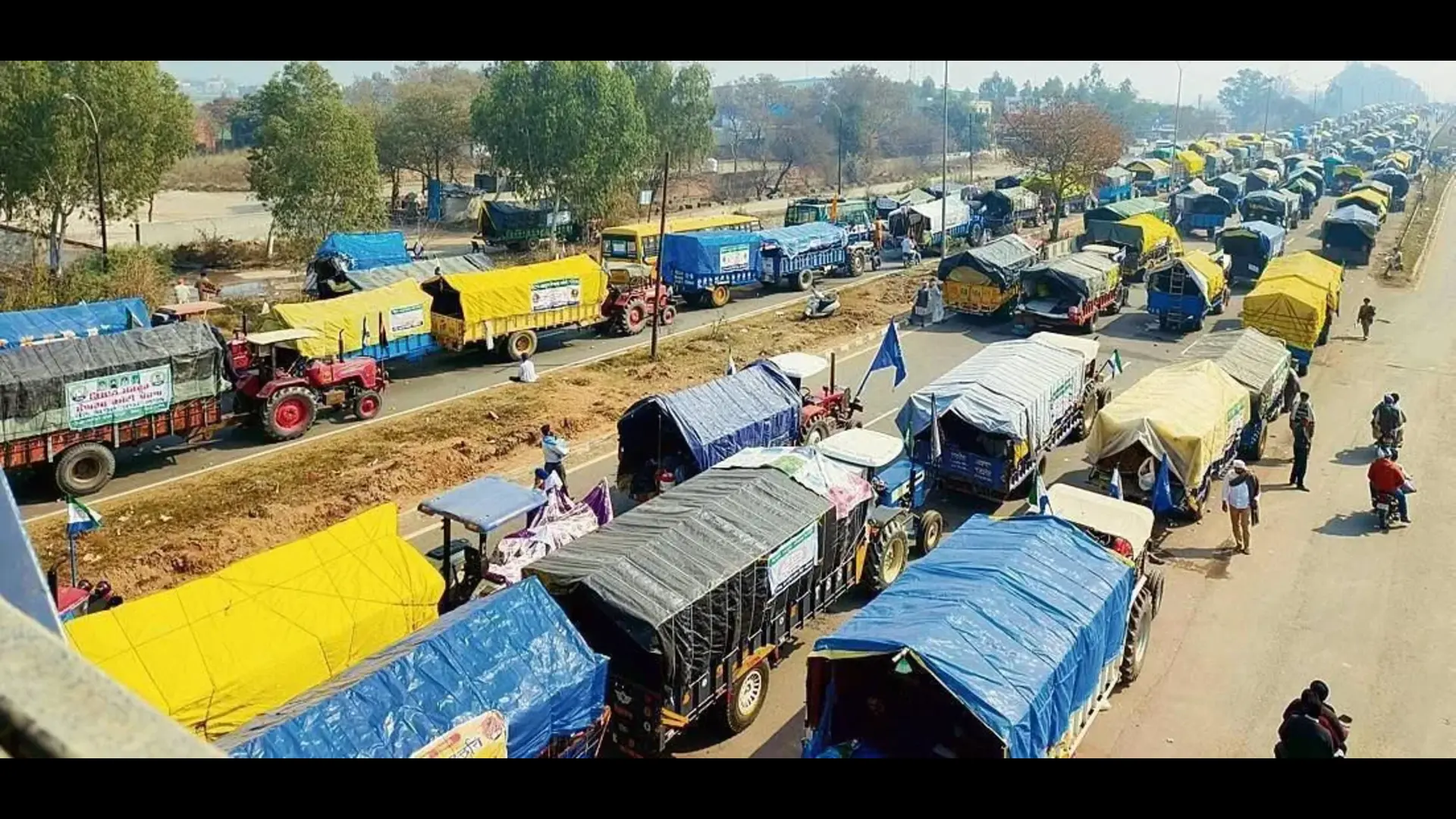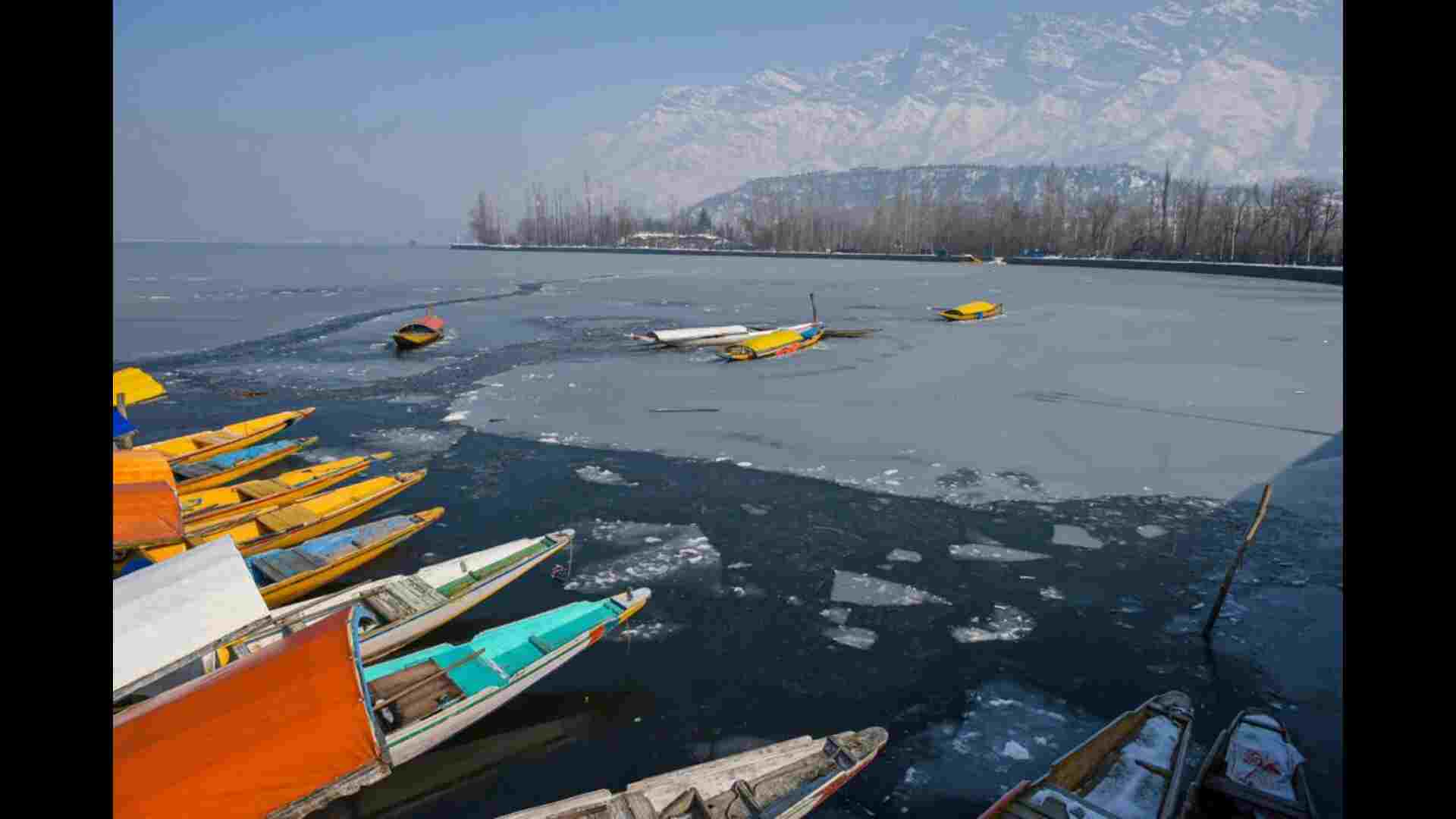Hassan Nasrallah assassination is a severe blow not only to Hezbollah but also to Iranian-backed proxies across the region. Hezbollah was Iran’s closest ally and critical deterrent force, the central pillar of Tehran’s “axis of resistance.” For Israel, his death was a bold escalatory step. His death and the limited ground invasion into Lebanon that followed resulted in a retaliation from Iran, by them launching nearly 200 ballistic missiles at military targets in Israel.
Since 07 October last year, Israel has consistently demonstrated a willingness to up the ante in its fight against Hamas’s regional backers, including Iran and Hezbollah. Over the last year, Israel has been systematically killing top operatives of Hezbollah and IRGC. It has steadily degraded Iran, based on a premise that Iran was unwilling to enter a full-scale war with Israel. Simultaneously Israel also felt they needed to take decisive military action regardless of the costs in order it to manage and contain the threats on its borders.
With its deterrence and invincibility having suffered and the manner in which the war in Gaza is progressing in spite of the large-scale destruction and collateral damage inflicted Israel has now turned its focus on Hezbollah and Iran. Its recent attacks in Iran and Lebanon have also demonstrated both, the degree to which its intelligence agencies have extensively penetrated both Iranian and Hezbollah networks as also its vast mining of data and technological edge.
The Risks of War
The risks that the Gaza War could ignite a wider regional conflict, including a direct confrontation between Israel and Iran, were apparent from the outset. Hezbollah entered the fray and began launching cross-border attacks on Northern Israel since 08 October. Israel responded with increasingly expansive counterattacks. The violence led to the displacement of tens of thousands of Israeli and Lebanese civilians on both sides of the border and laid bare the reality of a region.
Many clung to the illusion that the conflict on the Northern front could be contained because no one wanted a full-scale war. Hezbollah largely limited its attacks to targets close to the border, which were within the rules of engagement. But as the fighting in Gaza dragged on, both Israel and Hezbollah tested the elasticity of their red lines with attacks that reached deeper into each other’s territory. Eventhough the casualty count rose, the conflict remained containable.
The risk that full-scale war could erupt was a given. One was the possibility of miscalculation that an attack by one party would lead to unanticipated casualties and force the other side into an unwanted war. This came to the fore with Israel’s attack on an Iranian diplomatic facility in Damascus that killed top Iranian Commanders in early April. Iran retaliated launching its first-ever direct missile attack on Israel. A US led coalition was able to repel the strike and quickly contain it, but the attacks demonstrated how tensions quickly escalate, and this is repeating itself again.
The other factor leading towards a full-scale war is a change in strategy. There is no doubt that Israel has its reasons for upscaling up its attack on Hezbollah in Lebanon even when preoccupied in Gaza. Maybe Israel feels it has dealt a blow to Hamas and has now turned its attention towards the North. After the Hamas attacks, Israel felt the pressure of an active Hezbollah on its border and has the feeling that a diplomatic solution would not deter future attacks. Moreover, Israel may have assessed that Hezbollah and Iran, were reluctant to go too far in their military conflict with Israel.
Before Iran’s latest missile attack, Israel indicated that it only planned to carry out a limited military operation into Lebanon and not to occupy Southern Lebanon again. But there are no guarantees the war will remain limited or short, based on the history of conflict between the two and given the likely resistance Israel will face from Hezbollah, even in its diminished state. With direct Iranian-Israeli confrontation as the backdrop, the Lebanese war front could intensify further.
Israel by its pager and walkie talkie explosions was determined to change the equation with Hezbollah. The question now is how far Israel plans to go. If Gaza is any indication, Lebanon and its people may face increasing violence in the weeks ahead. As per Save the Children families are struggling to find safety in shelters and at least one million people a fifth of the population are now displaced. In addition, a number of Syrian refugees who had taken shelter in Lebanon are now returning to Syria.
The Iranian Dilemma
Iran is also facing a dilemma regarding how to respond to Nasrallah’s death and Israel’s targeting of Hezbollah. The manner in which Iran responded to the killing of Ismail Haniyeh in Tehran, in late July, indicated a degree of caution and willingness to avoid a wider regional war. As per General Hasnain;’Iran is a reluctant fighter and has only done lip service to response’ and this has been reinforced by Ambassador Talmiz Ahmed who stated that Iran’s response was calculated and restrained and more a demonstration of capacity.”
But Israel’s recent attacks have increased pressure within Iran to respond more forcefully and to support its proxies. The response needed to be overt and the veil of ‘plausible deniability’ needed to be removed. Their leaders might also have assessed that Israel was prepared to attack Iran directly, emboldened by the weakened state of Iran’s most lethal deterrent against Israel, the Hezbollah. Prime Minister Netanyahu reinforced this by his statement on 30 September in which he stated, “there is nowhere in the Middle East Israel cannot reach.”
Tehran therefore acted by launching missiles at Israel for the second time on 01 October. Its targets included military facilities in heavily populated parts of Israel. As before, Israel’s missile defence system, the Iron Dome, David’s Sling and Arrow 2 & 3 and US military assistance successfully repelled the attack, limiting the damage. However, if these attacks increase in scale, they will begin to put pressure on its missile defence system.
Israel is looking for Total Victory
Netanyahu has now declared that Iran “would pay” for the attack. Given the direct nature of Iran’s strike and Israel’s expanding target list, Israeli retaliation is nearly certain. What is less certain is whether this new round of direct Iranian-Israeli confrontation will end as quickly as the April exchange.
Israel might now decide to seize the opportunity to increase the targeting of IRGC Commanders, or even Iranian political leaders and strike oil installations or even Iran’s nuclear facilities. Each of which has its own ramifications. But there is also the possibility that Israel may limit its response to another calibrated and targeted strike on Iran, as it did in April, allowing both sides to step back from the brink. One could be US resistance to expanding the war. There are reports that Iranian-aligned militia forces in Iraq have threatened to target US personnel if the US intervenes, and it is unlikely that President Biden would like to seek a direct war with Iran with the Presidential elections due next month. But in war nothing can be ruled out.
On the other hand, there is speculation that Iran could respond to the degradation of its proxy deterrence and compensate for its own conventional military weakness by moving toward weaponisation of its nuclear program. This would only increase the risk of Israeli attacks on Iranian nuclear sites.
Israeli forces remain deeply entrenched in Gaza, maintaining control in the Philadelphi corridor on the border with Egypt. In the West Bank, Israeli settlement expansion continues. IDF incursions into Palestinian cities, such as massive raids in Jenin and Tulkarm, have increased in recent months as control by the Palestinian Authority weakens.
An Israeli ground movement into Lebanon is underway and there is talk about the possibility of reinstating a buffer zone in Southern Lebanon, similar to the one Israel established after its invasion of Lebanon in 1982 and maintained until Israel’s unilateral withdrawal in 2000.
If operations continue, Israel could, by design or by default, end up reoccupying parts or all of Gaza, the West Bank, and even Southern Lebanon. Israel’s degradation of Hamas and Hezbollah will deepen the belief that only hard power can make them secure. High-tech fences were not enough to keep the Hamas out. While missile defence limits the damage an adversary can inflict, there is a feeling that by taking the fight to the enemy and reoccupying land, Israel will be secure. But is seizing land the best road to ensure security?
Reoccupations will squash Palestinian aspirations for a two-state solution of Palestine co-existing in peace with Israel, and destabilise the entire region. Also, the steps being taken presently by Israel could undo decades of efforts by previous Israeli Prime Ministers for peace in the region.
Conclusion
Tragically, the picture today is one of continued fighting, increasing death tolls, physical destruction, mass displacement, and pathetic humanitarian conditions. Meanwhile, the remaining Israeli hostages who we hope are still alive continue to languish in the tunnels beneath Gaza. It’s a dangerous moment as conventions governing escalation have been cast aside and peace and prosperity seem an illusion.
In the current escalatory environment, US and international efforts to encourage a diplomatic settlement to the war in Lebanon or Gaza are unlikely to succeed, even though calls for a cease-fire have become shriller in view of the confrontation between Israel and Iran. Declaring UN Secretary General as a persona non grata by Israel is a pointer that they are not looking towards a diplomatic solution; but looking for total victory.
There is also a school of thought that states that Israeli Prime Minister Benjamin Netanyahu’s political survival and popularity and the stability of his government depends on war. In addition, there are feelings that Israel has the tacit approval of the US.
Though we are in a period characterised by the constancy of conflict the question remains as to whether there is the possibility of a brighter future in the region after the war. Continued military conflict and occupation harms everyone. A case in point being Iraq and Afghanistan.
Clausewitz famous dictum; ‘war is a continuation of politics by other means.’ implies that while the military can achieve their objectives the political end state needs to defined. If that involves Israeli reoccupation of Gaza and Southern Lebanon, and greater control over the West Bank and change of leadership in Iran victory is unlikely to result in perpetual peace.






